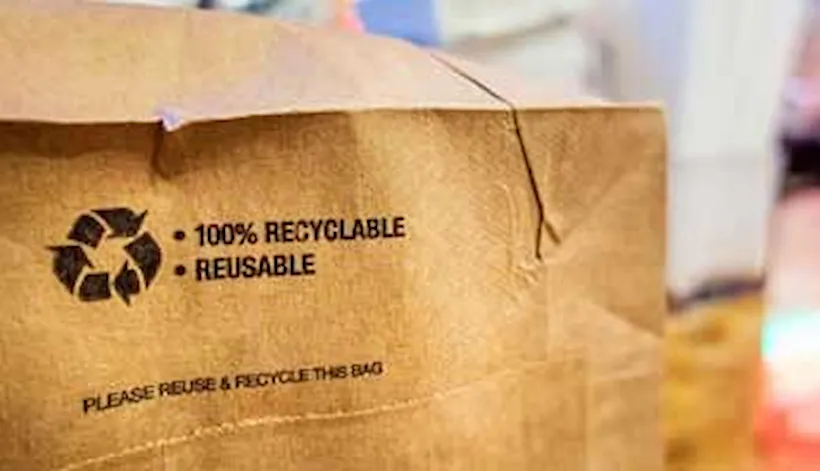Circularity in fashion: opportunities and challenges
Fashion – especially fast fashion – has come under the spotlight in recent years. Pressure is high on the industry to contribute to the sustainability ambitions of the UN’s 2030 Agenda and the Paris Agreement target for GHG reduction.
The big challenge for fashion is to transition towards circularity, climate positivity and social justice. It is highly possible for great improvements to be made considering the industry’s impact. Fashion is responsible for around 4% of GHGs emitted in the atmosphere (2.1 billion metric tons of greenhouse-gas emissions*). Each year some 17 million tons of textile** waste end up in landfills. Every second, the equivalent of a rubbish truck load of clothes is burnt or buried in landfill. The fashion industry is one of the major contributors of plastic microfibers entering our oceans and less than 1% of all clothing is recycled today. The ILO (International Labour Organization) estimates that globally around 170 million persons are engaged in child labour, with many of these in the textiles and garment sectors***.
While industry leaders previously had little incentive to change, the demand for circularity is pressuring the industry to change.
A DNV consumer survey on circularity indicates that several aspects that come into play when consumers decide whether to buy circular fashion products. Information on ecological footprint is important to 49.1%, working and labour conditions to 45.7%, quality of the product to 38% and certifications, verified labels, validated sustainability claims to 37.8%. This is followed by information on the supply chain (35.1%) and information about product care, repairing and disposal (35%). This picture indicates that manufacturers and brands have multiple circular dimensions on which to be active.
The challenge is to scale the first pilot projects. To do so, fashion brands need to implement changes at different levels.
- Working with suppliers and actors in the value chain to improve circularity from raw materials and the transformation processes.
- Use science-based approaches to measure circularity, both the starting baseline and the improvements.
- Invest in technologies to improve circularity of fibers and in new business models to ensure that end-of-life clothes do not end up in landfills or incinerated.
- Communicate the circularity features directly on the products.
Traceability must transcend every initiative, forming the backbone of a transparent industry. This is a necessary condition for the industry to implement successful sustainability initiatives.
Companies that act in the direction of circularity will be rewarded financially in the near-term. More than half of those that have seen a circular product bought it. This percentage is destined to increase, if brands can meet consumer expectations in terms of style, price point and disclosure of environmental footprints.
As the DNV survey reveals, the primary reasons for choosing a circular product remain style and the price. Contributing toward environmental and circular causes ranks third. Moving forward, companies must deliver on circular manufacturing and sustainable materials but cannot ignore the preferences and purchasing willingness and power of the targeted customer segment to succeed.
References
* https://www.mckinsey.com/industries/retail/our-insights/fashion-on-climate
*** https://www.ilo.org/islamabad/whatwedo/projects/WCMS_648369/lang--en/index.htm




